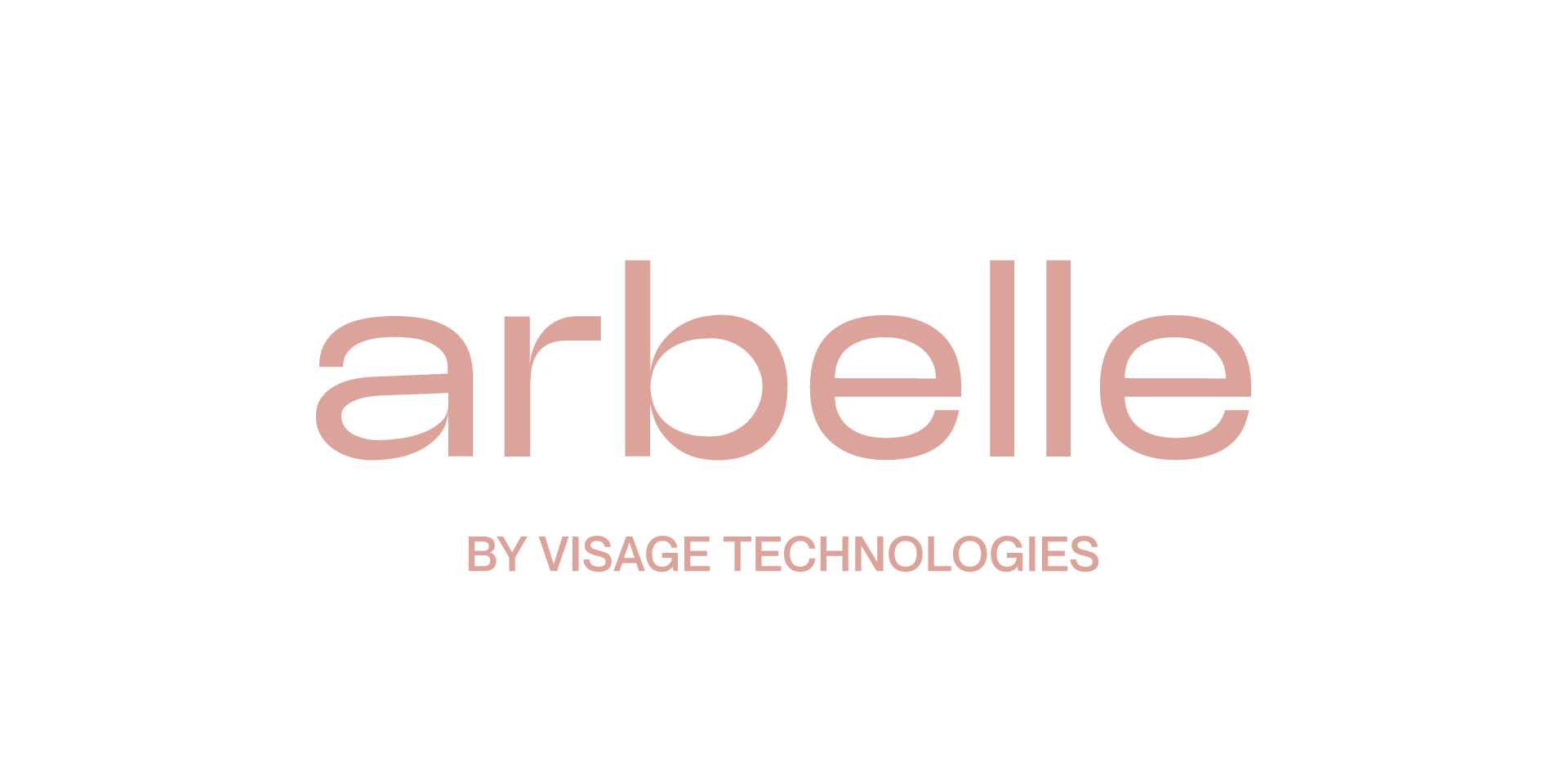For years, beauty personalisation was treated as a marketing extra – a nice-to-have tool for engaging customers. That mindset no longer holds.
Today, personalisation is one of the strongest profit levers available to beauty brands, as outlined in Arbelle’s latest industry report, 'Monetizing Personalization in Beauty.'
The problem: Too much choice, too little guidance
The beauty industry prides itself on variety – but this has become a liability.
With thousands of SKUs and endless undertones, today’s shoppers are drowning in choice overload. In fact, 74% of consumers have abandoned carts due to decision fatigue.
And when choice turns into confusion, brands don’t just lose sales, they lose trust.
The ROI behind personalisation
Personalization pays off when it simplifies decisions, instead of just adding more features. When shoppers are guided to the right product – fast – three things happen: confidence rises, returns fall, and the basket grows.
That’s why the numbers look the way they do:
- Up to 30% revenue lift for retailers using AI-powered personalisation.
- ~40% higher average order value when customers are guided to the right products.
- Up to 64% fewer returns when foundation shade finders and virtual try-ons are integrated.
“This isn’t theory,” says Marcus Tamminen, Arbelle's Managing Director, in the webinar he hosted recently. “A midsize brand shipping 100,000 orders annually can lose $75,000 a year in returns alone – often from foundations that can’t be resold. Personalisation directly addresses this leakage.”
Meeting consumer expectations
Shoppers don’t want more products; they want clarity. They’re telling us so – consistently.
- 73% of shoppers feel overwhelmed by too many product choices.
- Almost the same share expect personalisation as part of their shopping journey.
- 75% are willing to pay more when they get tailored experiences.
“As soon as a shopper finds the right product in seconds, the brand relationship changes,” notes Tamminen. “You’re not just reducing frustration – you’re building long-term trust.”
Data: The untapped advantage
When done right, personalisation becomes a continuous discovery engine for customers and brands both.
Every interaction – from trying on a lipstick shade or testing a skincare routine to confirming a foundation match – generates insights into consumer preferences across regions, demographics, and seasons.
“In my experience, most brands sit on a goldmine of unused data,” Tamminen explains. “Done right, personalisation doesn’t just sell products. It builds intelligence that can guide product design, marketing, and supply chain decisions.”
What comes next
The path forward isn’t about chasing every new tool. It’s about embedding scalable personalisation into the customer journey end-to-end – from product discovery to after-sales care.
Brands that balance personalisation with transparency, inclusivity, and authentic brand voice will set the new standard.
“Heritage-driven brands don’t need to reinvent themselves,” Tamminen emphasises. “The best use of technology is to amplify brand DNA – whether that’s craftsmanship, formulas, or rituals – and translate it into personal, guided experiences for the shopper.”
Read the full report
Read the full report here to access the data, benchmarks, and tools for implementing personalisation profitably.

